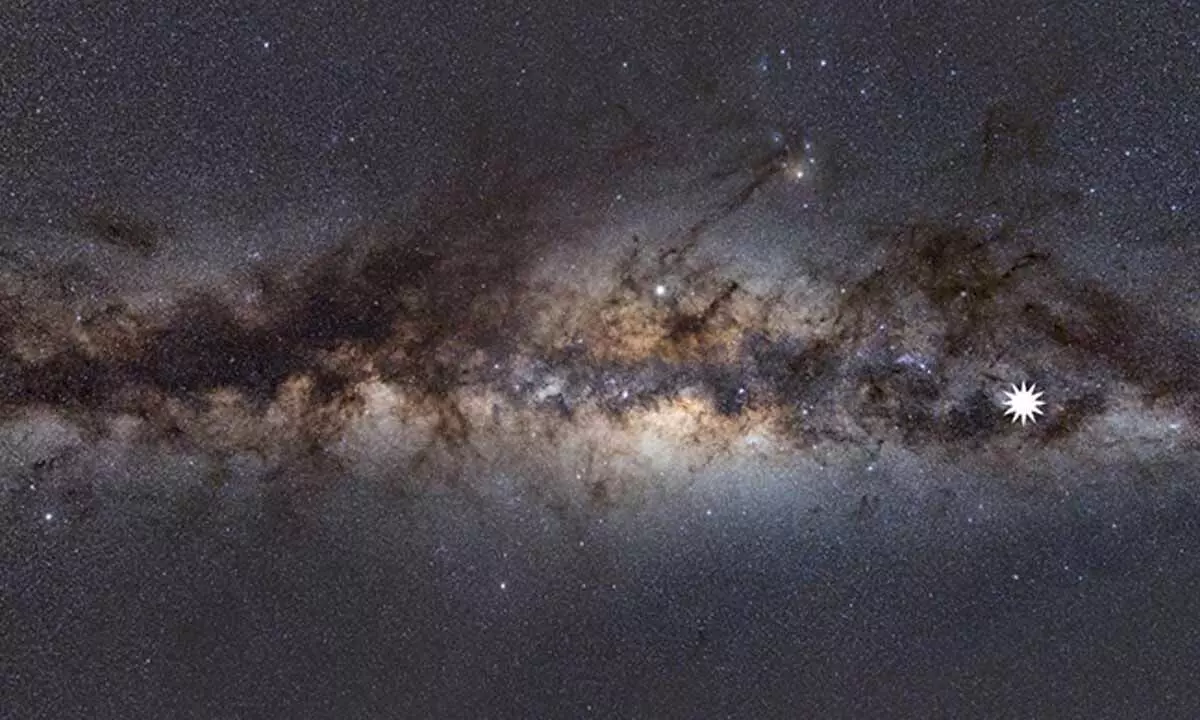Black Hole Nearest To Earth Discovered

Black Hole Nearest To Earth Discovered
- Astronomers using the International Gemini Observatory, operated by the NOIRLab of the NSF, have discovered the closest black hole to Earth.
- These unfathomably dense objects are likely present in supermassive variants at the centres of all large galaxies.
Astronomers using the International Gemini Observatory, operated by the NOIRLab of the NSF, have discovered the closest black hole to Earth.For the first time, the existence of a dormant stellar-mass black hole in the Milky Way has been established. Since it is so close to Earth—only 1600 light-years away—research on it is an exciting way to learn more about how binary systems form.
Black holes are the most extreme things in the cosmos. These unfathomably dense objects are likely present in supermassive variants at the centres of all large galaxies.
Astronomers utilising the Gemini North telescope on the island of Hawaii is among one of the twin telescopes of the International Gemini Observatory, which is run by NSF's NOIRLab and have been called the nearest black hole to Earth 'Gaia BH1.'
The previous record-holder, an X-ray pair in the constellation of the Monoceros, is three times further away from Earth than this object. It is located in the constellation Ophiuchus, some 1600 light-years away, and is nearly 10 times as massive as the Sun. The new discovery was made possible by meticulous investigations of the movements of the black hole's companion, a star similar to the Sun that orbits the black hole at roughly the same distance as the Earth orbits the Sun.
However, using astronomers' existing theories of the evolution of binary systems, it is challenging to explain the peculiar arrangement of the Gaia BH1 pair. The progenitor star, from which the recently discovered black hole eventually emerged, would have had a mass at least 20 times greater than the Sun. Furthermore, itwould have only lived a few million years, which is a brief lifespan. The second star would have inflated and swallowed the first if the two stars had formed simultaneously. This would have prevented the second star from becoming a proper, main-sequence star like our Sun, which burns hydrogen.














